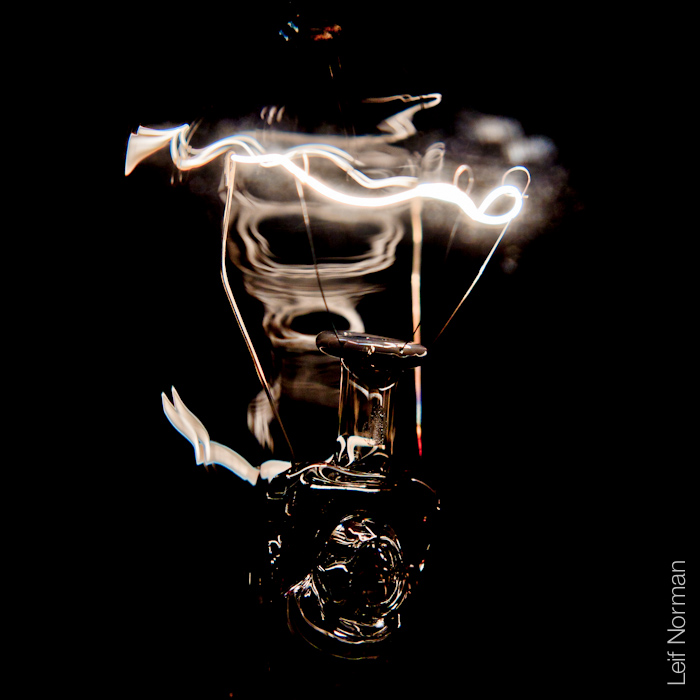

What happens when you try to photograph a bare unfrosted light bulb, when it is turned on?
Well it is quite bright, so you would imagine the shutter speed would be quite short.
The results are quite nice abstract arty photographs of “Real Life” objects.
This type of real things turned into art type of photography seems obvious and straightforward to us “modern” people, but things were not always like this. In the late 1800’s things and people were posed and deliberately placed in front of the camera so as to construct a metaphor or a reference to some legend or bible verse. Even a landscape would have been laden with meaning. A tree would have symbolized hope or ruin depending on the surroundings and lighting. A river could make reference to another river mentioned in a famous poem. Nothing was “straight”.
As a historical note, Edward Steichen made a photograph in 1915 that would have shocked the pants off the photographers of only ten or twenty years prior.
The “beauty seen in everyday objects” began to get a foothold as a theory of art, eventually beating out the older, pictorialist, staged and posed images.







